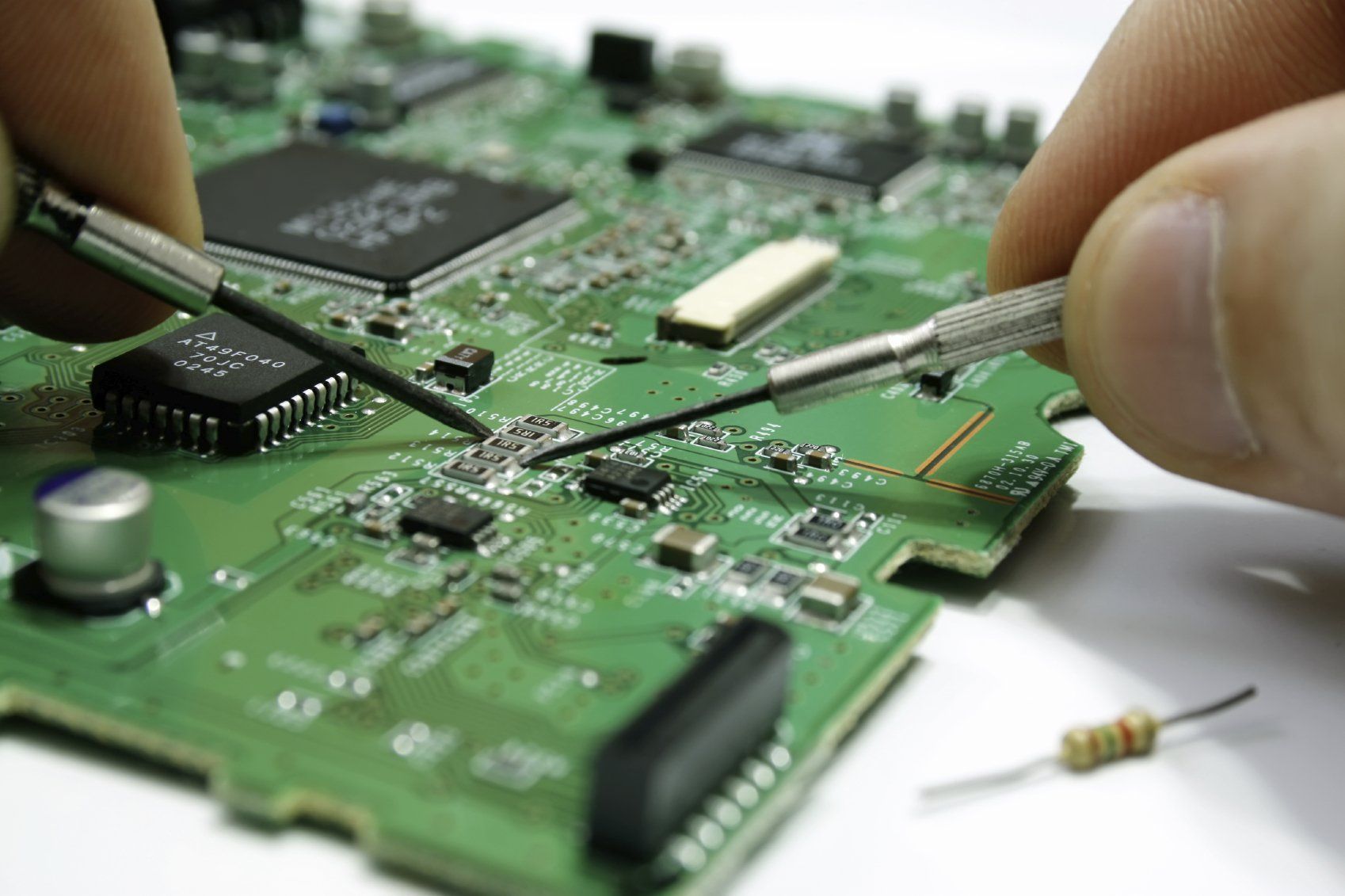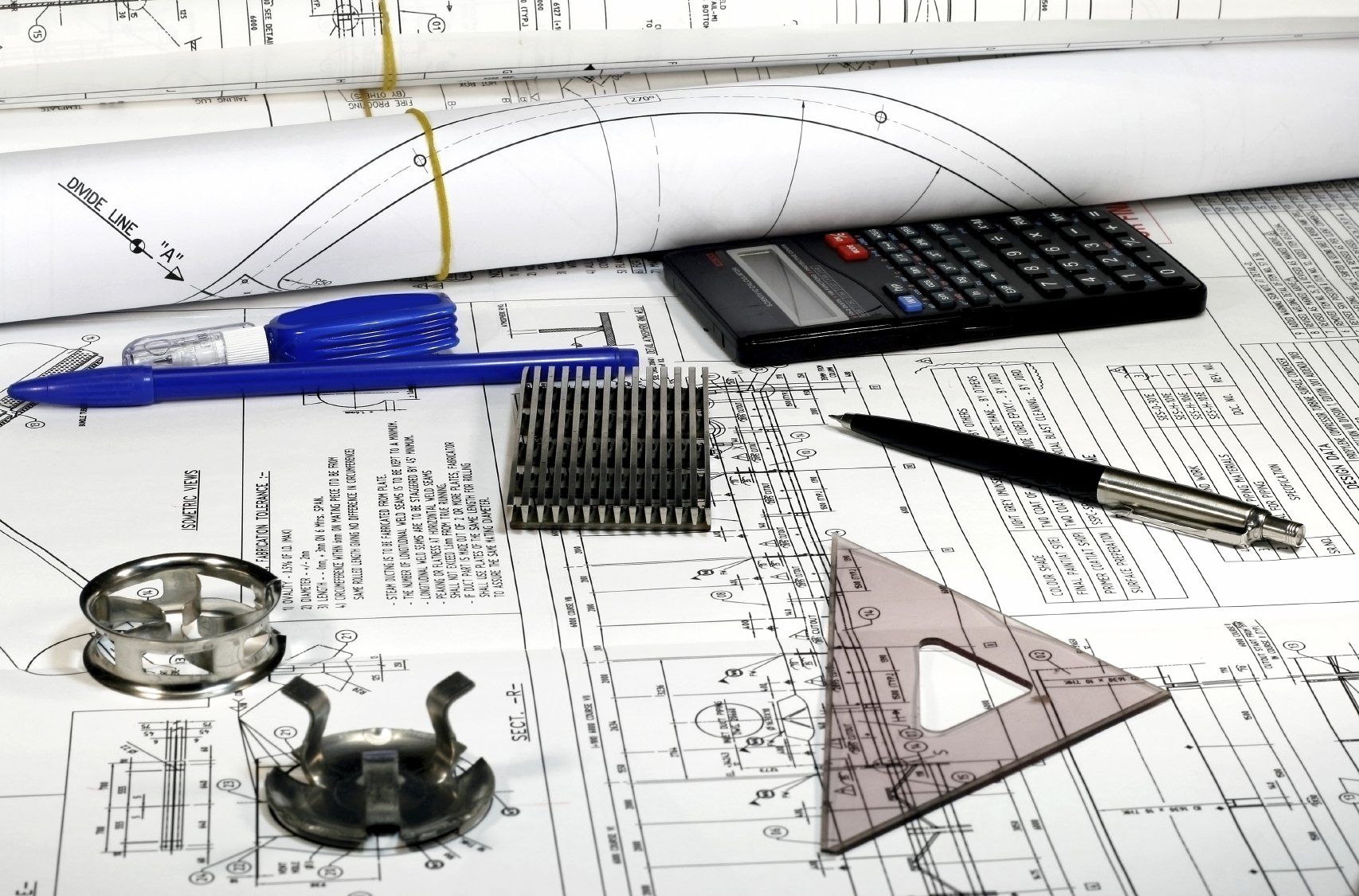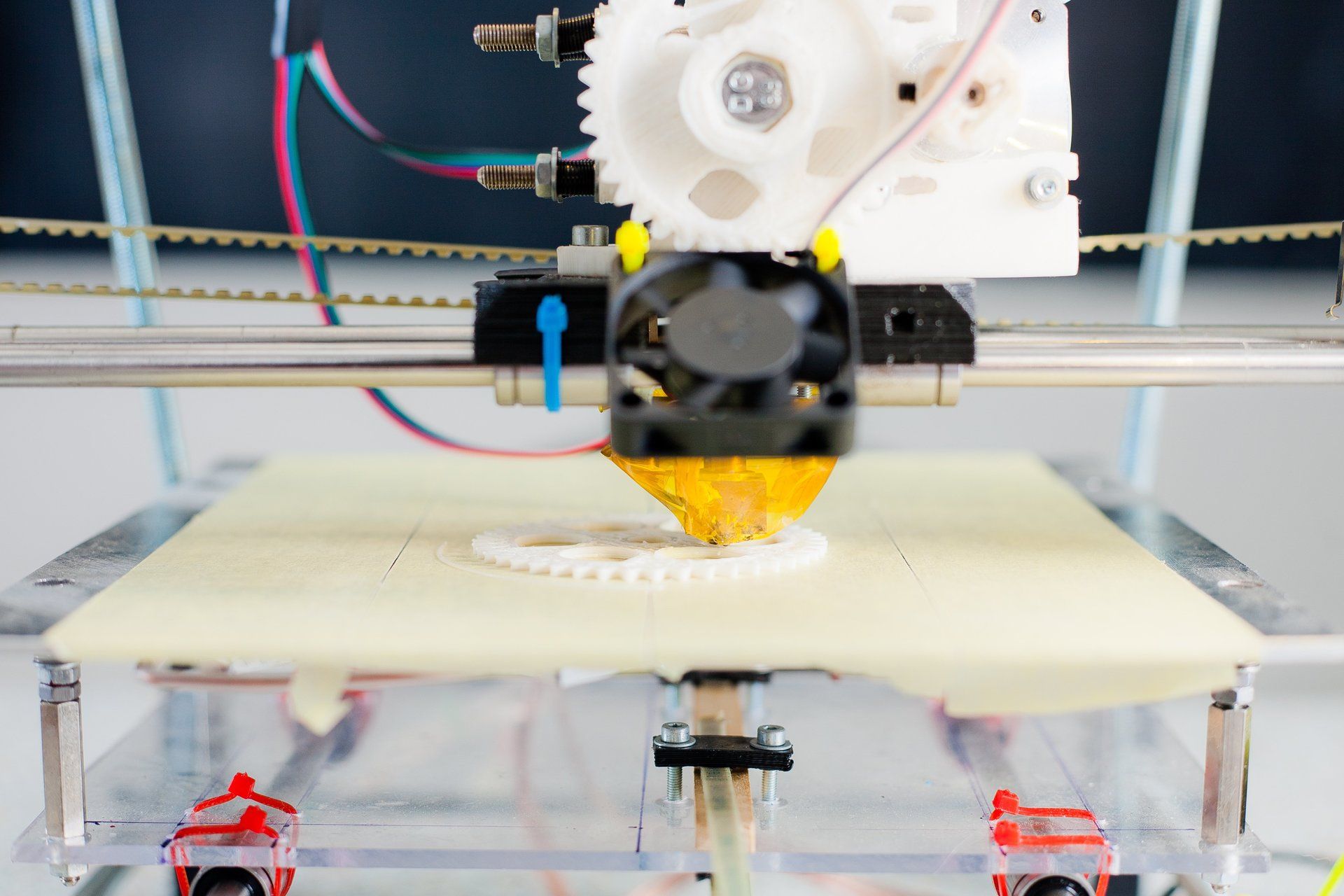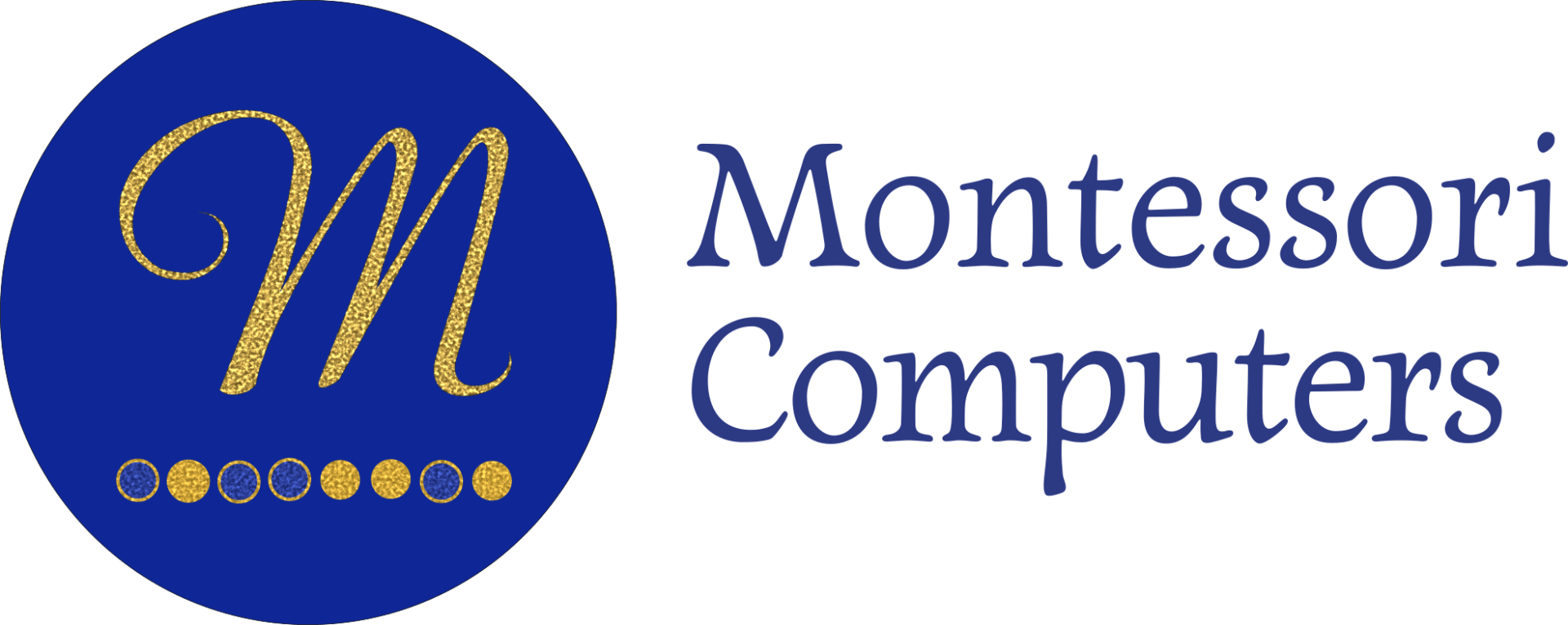Tidbits Blog

My daughter has been taking Ballet classes for a while now. A year ago, she got to be a little angel in her ballet school's performance of The Nutcracker. One of the neatest things that I get to experience as the father of a ballerina is the grace and panache with which she can move from the hallway, through the kitchen and into the living room. Even better, she *never* knocks things off of the countertop as her arms twirl through the air. The engineering corollary is how engineers move through the puzzles of engineering. Just as a piroette is the result of strengthening and practice with careful attention to detail, engineering is the result of plying years of experience to exercise the mental gymnastics associated with understanding the problem, devising a solution, and describing it in whatever context it needs to be described. In the case of the software engineer, the problems are as varied as there are engineering disciplines. My personal focus has been software simulations and control systems, which means I have physics, math, simulation, data processing, and hardware/software interaction as part of my software engineering dance moves. Part of the reason I wanted to get into this particular kind of engineering is that it forces the fusion of all of those otherwise disparate disciplines, and I wanted to keep growing as an engineer. Watching my daughter, when she dances, it strikes me that she is cognizant of each finger, each toe, both arms, both legs, head posture, tummy tuck and things that I don't even think about. The discipline that goes with being able to gracefully move through life isn't achieved by accident. It is achieved through many repetitions and hard work. The way an engineer moves through life is the result of their engineering training. The way a computer scientist moves through computers is a flurry of keystrokes, and my fingers are as nimble as my daughter's feet. I hope that the software I write has the elegance of a ballerina doing a pirouette. The thought behind Montessori Computers is the same as the slow pliers and tantus of ballet 1. Not everyone who takes ballet classes becomes a professional ballerina, but none who go through ballet classes come out clumsy.

When I was in High School, my dad was involved with ATLO, (Assembly, Test, Launch and Operations) on a spacecraft. He told me that when things didn't work, hardware engineers blamed software engineers, software engineers blamed hardware engineers, and the engineers that were both hardware and software engineers fixed it. As a software engineer in the field, when I was involved in ATLO efforts of my own, I watched as this dynamic played out. I had my share of bugs during early development, and I had hardware problems blamed on software. It drove me to learn more about hardware, and to dive deeper into aspects of the spacecraft that only loosely related to the software onboard. In that world, the software engineer is the only one who can be a hero after the spacecraft is in space, because if any system has a problem, only the software can be modified to work around it. We solve problems with only the tools we have available to us . When we come to a problem that we can't solve, we have to invent new tools that enable us to solve what was previously an unsolvable problem. Dr. Montessori used her scientific training to invent something new because the methods of education weren't working for the children that had been entrusted to her. As she developed new tools to teach them, the unsolvable ended up being solved. In the same way, I leveraged my knowledge of Montessori, philosophy, computer science, mechanical engineering and 3D printing. In conjunction with my wife and kids, we figured out how to present the most fundamental inner workings of computers, using the appropriate tools for the job. The ultimate aim of Montessori Computers is to make it so that computer science is a tool that everyone can use. There are times when computers aren't the right tool for the job, and when those times arise the best plan is to avoid them. However, many jobs of the future will require some level of automation or computation. When that need arises, having the computer science tool in the tool bag could be the difference between a solution being easy instead of impossible.

December 2020 marks 2 years since the first Hexadecimal Triangle came off the printer and we decided to create Montessori Computers.Since then we've hashed through content, wrestled with how to make a seamless progression of works, and spent long nights trying to work out all the bugs in the logic validation cylinder. As we start to see the light at the end of the tunnel, we are getting really excited! As a little preview into some of the rewards we have in mind, I thought we could share a little bit of the manufacturing that is already underway. We set a goal before the pandemic hit of having 100 sets of Module 1 in stock and ready to go. We had a bit of a hiccup when all the kids arrived in our house awaiting instruction, but we are so close! At the current 3D printing rate, they should be inspected and ready to package by mid November. This means that when we hit our funding goal, all that will be necessary is to tell the card printer to make die cuts for cards and place some orders. Our books have been printed and bound in small quantities, so with funding in hand we get to hit the buy now button and wait for them to arrive. Get a few boxes, pack them with care, and our materials are going to be in the classroom! What does this mean for YOU? The first 100 backers for our campaign are going to have a very short wait for their materials. The hardest part is done! Professional printers know their business and when orders are placed they get to work. In the highly competitive world of print, they don't waste time. Building die cuts may take a couple weeks, but when it is done, those cards come off the press real fast. Passing our campaign goal is when things start to get exciting. With every additional $9000 we get to invest in the tools to efficiently manufacture one part. We have a LOT of parts - 11 if you don't count the cylinders. This is how we will get into lots of classrooms and help kids build the skills to become great in computer science. If we hit it out of the park and hit our stretch goal of $250,000, there is going to be a set of videos produced to walk you through each material's presentation step by step so you can watch us give a lesson first - included free of charge for our backers! If you are getting excited to get these materials into your classroom, tell your friends! Do you know another teacher who would love to introduce computer science to her students but doesn't feel qualified to teach it? Do you know a homeschool parent who loves to offer rich, screen free learning opportunities? Or a principal looking to boost their school's STEM credentials without having to hire expensive, hard to find, computer science experts? Send them our way!

Recently our children's school has been planning a new middle school, so a survey was sent out asking parents what is most important to them when they evaluate schools. Not surprisingly, a number of parents mentioned STEM education that emphasizes Science, Technology, Engineering and Math. So the question became: Should we be more Montessori, or more STEM? The brilliance of the Montessori approach to education is that its students are absolutely primed to step into STEM education. When children spend time working with the short bead chains, they develop familiarity with number patterns. With the Trinomial Cube, children develop an intuitive sense of how volumes fit together and are prepared for later work in algebra. The control of error in the knobbed cylinders supports children as they notice that something isn't quite right, so they should keep trying. Through an exploration of nature, children observe the changing seasons, the growth of seeds, and the importance of respecting and caring for the Earth. Montessorians are true scientists! But then there is the trouble of technology. Fluency with technology is critical for students, but too often the challenge of teaching more technical disciplines is reduced to a lot of time looking at screens. As Montessorians, we know the children should be able to work with computers, but how do you mesh the teaching practices we know (from the careful, scientific observations of Maria Montessori) with exposure to computers? We believe that Montessori Schools should be the premier STEM schools of the 21st century, not by shoe-horning in other curriculum programs, but by doubling down on what we know about how children learn. We can work with the innate curiosity that children bring to the world, guide them through technology, and still respect the fact that they need to work with their hands. Our mission is to honor the way children learn, draw from the techniques that are well established in Montessori schools, and help Montessorians take their rightful place in the competitive world of STEM education.
Of all the titles I hold as I go through life, one of my absolute favorites is "daddy". Watching my children blossom as they go through the different planes of development is a gift to which few can compare. I think of hearing their heart beat for the first time with a doppler heart monitor, hearing their their first vocalizations as they start to crawl, and hearing them laugh through trying to retell a passage from a book they found funny. The steps they take to learn to express and understand the world are such a joy to walk through with them. As a software engineer who also dabbles in hardware engineering and robotics, the world of the inner workings of computers is where I spend my professional energies. I want to share it with my kids, because I want them to be able to see deeper than I do. The vision I have has been earned through entirely too many hours deciphering and thinking through the conversion of electrical signals into information. The closest analogy that I can think of is learning Spanish in High School. I am sufficiently proficient that I can exist in a Spanish speaking country and interact with non-English speaking locals for a short period of time before exhaustion sets in and I need to let my brain rest. To the locals, it is obvious that I am not a local. It is only because they're intelligent human beings that any communication actually happens. Computers are a similar foreign land with a foreign language. Having lived in it for two thirds of my life, I am as close to a native speaker as exists. I'm keenly aware of how much linguistic growth has taken place in the quarter century that I have been involved with their inner workings. In short, when it comes to computers I'm like my daughter who relates funny passages from her books because the action of reading and understanding the emotions from the characters in her books is second nature. When deciding where to start, I looked to my children's first forays into spoken language. There they repeat vocalizations that are as foreign to genuine wit as the bad dad jokes I love to tell my kids. Said vocalizations serve a profoundly important function. They practice the harmonized use of vocal cords, lungs and resonance chambers. These mechanics are fundamental to all spoken languages. I reflected on what was fundamental to writing software, and that is what is found in the first module of Montessori Computers. Bits, Bytes and Boolean Logic have been fundamental to computer science since the 1970s, where the Motorola 6800 series and the iconic MOS 6502 processors took shape. Even with all the advances since then, these concepts are still the same fundamental concepts at work today. Presenting these concepts mechanically in a way that children can manipulate with their hands lets them build whatever abstractions in their mind make sense to them. These materials are an adequate metaphor for the microscopic electrical machinations that happen inside of computers. Just like most people don't often consider the shape of their smile when they say the word "cheese" for a picture, software engineers don't often ponder bits while they're writing software. The bits are there, baked into the larger poetic expression of bending the operations of a computer to solve whatever bigger problem they are tasked with addressing.
One need that we considered as we designed materials to teach computer language was how to give students and teachers a sense of context. While the materials are interesting and inviting, they don't look like computers. So what are we doing here? We dug into the history and explored how the people who created computers did their work. What were the problems they were trying to solve? What did that look like? How long did it take to arrive at what we think of as a computer today? The more we delved into the stories of the people whose legacies led to machine language, the more we were struck by this idea: the people who created computers were not just aware of binary numbers, they were fluent with them. The numbers were a useful tool, and confusion with how to work with them or read them didn't get in their way. The more we looked at how these experts contributed to the field of knowledge that led to computer science, the more convicted we felt that this truly is the place to start. As computers have become more sophisticated in their ability to decipher speech and produce answers to questions, it is tempting to see computers as the new thinkers, the new explorers, and the experts. When computers are understood on their own terms, the temptation to anthropomorphize them disappears and they are seen for what they are: incredible general purpose information processing machines . When we become the experts in the computer's language, we can become the true masters of this technology. It is not enough to have a cursory understanding of the building blocks of machine language. Let's give children the time to become fluent with these systems, to practice, to see binary numbers enough times that they aren't intimidating. Let's give them the keys to move technology forward themselves.
For a long time, my husband, Brandon, had talked about how he was going to teach computers to our children. Something that surprises a lot of people is that although Brandon is a software engineer and he supports our family through his expertise with computers, we resist allowing our kids much time in front of screens. That said, passing on his library of knowledge is incredibly important to him, and he wanted to show the kids the way he thinks about the inner workings of computers. Whenever Brandon would tell me that he had a plan for screen free computer science, I was admittedly curious but also skeptical. How do you teach computers without a computer? I had very little experience with computer science before working through these materials with Brandon. The idea of learning binary numbers was a bit intimidating. I struggled to even imagine being able to look at binary numbers without my eyes glazing over. After several months of Brandon lobbying to get a 3D printer, we splurged and brought home the device that would bring Brandon's ideas to life. Shortly afterwards, he approached me with a big grin and said, "Here, take a look at this." What he showed me was a triangle with a really interesting pattern on it. My first impression was, "that is really pretty, what do you do with this?" He gave me a quick lesson on how you move marbles around to decipher the binary code for hexadecimal numbers, and my mind was blown. I never expected to "get" this stuff, or to become comfortable with binary codes. But the rules to use the Hexadecimal Triangle were simple, and the more I tried out each number and got the right answer, the more natural it felt to look at the codes and think, "I know what that one is!" After a bit of tinkering with the design, Brandon came up with a work that is honestly fun to play with. When he gave me the final design and a cup of marbles, I found myself tinkering with it, rolling the marbles along their channels and watching them settle into their divots. It is surprisingly satisfying to watch them roll along and then click right into place. He came back awhile later and there I was, not making dinner, converting hexadecimal numbers to binary codes. When people ask me how we started out, the Hexadecimal Triangle is always what comes to mind. For me, this was the Rosetta Stone of hexadecimal and binary numbers. It was the key to unlocking something that had been mysterious and always seemed too hard to even try to learn. I hope it will unlock that mystery for many more students to come.
